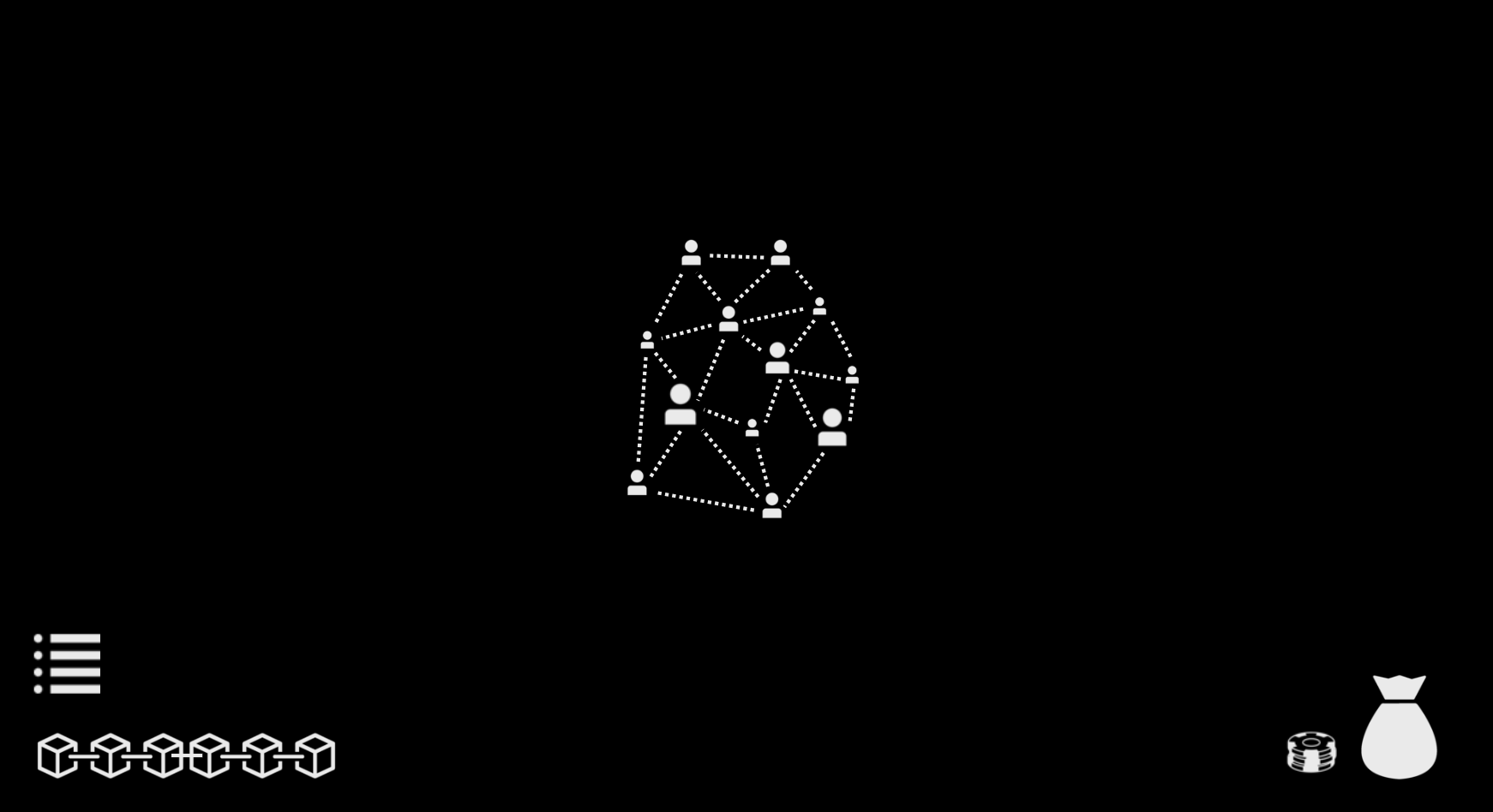In late 2016, a pseudonymous character named Tom Elvis Jedusor showed up on the bitcoin developers’ chatroom and posted a tor link, which hosted a single file named MIMBLEWIMBLE, outlining a new design for a privacy-preserving, massively prunable blockchain. Tom Elvis Jedusor, as some may recognize, is the name of Voldemort’s given name in the French Harry Potter books. Tom Elvis Jedusor to this date has never logged into the chatroom again. In this article I explore how MimbleWimble works, the first live implementation of the protocol, and privacy in crypto.
Bitcoin Scaling, Lightning Network & The Future with Micropayments
The Lightning Network is a network of payment channels that was originally built on top of Bitcoin and has since extended to other blockchains. Individuals can open up peer-to-peer payment channels with one another and make many transactions without accruing the costs of on-chain fees whilst reaping the benefits of having a decentralized blockchain as an underlying layer of security. In this article we will explore how Lightning works, its use cases, and implications of the ability to do micropayments.
Scalability pt 2: State Channels & Counterfactual Instantiation
As a follow on to my previous post on scalability and sidechains I thought it would make sense to give state channels a closer look. This article introduces some core ideas and features of state channels, explores current techniques for generalized state channels, and current challenges and limitations. By the end, you’ll hopefully have a better understanding of state channels and the implications of having a generalized framework for them.
Sidechains, Scalability & A Closer Look at Rootstock (RSK)
Cryptocurrencies like bitcoin, as stores of value, exist as math and code, secured through energy-intensive protocols like proof-of-work. For the masses to adopt a global, financially inclusive digital store-of-value, the network it runs on needs to be decentralized and secure. However when considering complex use cases beyond store of value, we also need to be able to transact at scale (speed).
Second-layer (L2) solutions like Plasma, Raiden, Lightning, TrueBit and RSK are exploring structures that anchor to a main blockchain as a root of trust, with scalability features implemented in higher layer(s). While many L2 solutions are building on a newer blockchain, what can we do to improve the scalability and programmability of bitcoin itself?
In this post I will be exploring how we may leverage the decentralization and security of the Bitcoin network to run decentralized applications at scale, and dive into the Rootstock project which is tackling this very problem.









